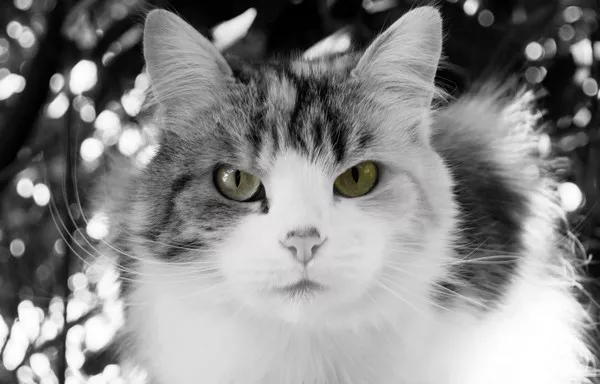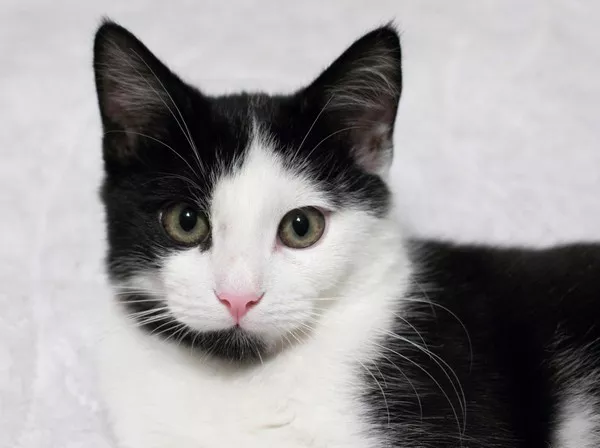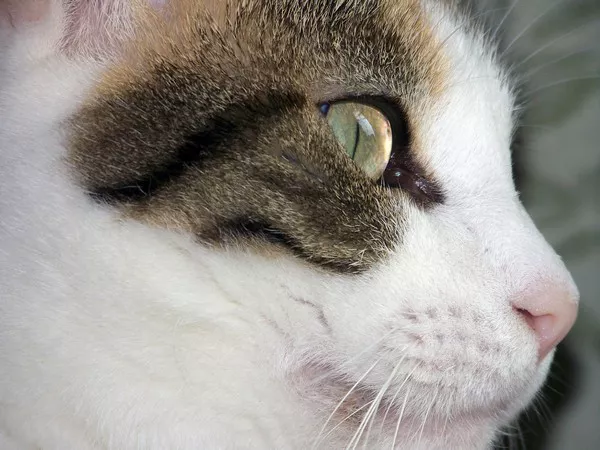Cats have long been cherished companions, often seen as enigmatic creatures with their own unique ways of interacting with humans. One of the most intriguing questions that arise in the realm of human-animal relationships is whether cats can understand when their owners are upset, particularly when they cry. This article delves into the emotional intelligence of cats, exploring their ability to sense human sadness and how they may respond to their owners’ emotional states.
The Emotional of Cats
To comprehend whether cats can understand human crying, it is essential first to explore the emotional landscape of these animals. Unlike dogs, which have been bred for thousands of years to work alongside humans and respond to our emotions, cats have a different evolutionary history. They were domesticated primarily for their hunting abilities, which means their social behaviors and emotional responses have developed in unique ways.
Despite this difference, research indicates that cats are capable of forming strong emotional bonds with their human companions. They can experience a range of emotions, including joy, fear, anxiety, and even grief. This emotional capacity allows them to pick up on cues from their owners, leading to the question of whether they can recognize sadness and respond accordingly.
How Cats Perceive Human Emotions
Cats rely on various methods to interpret human emotions. Their understanding is not as straightforward as it might be in dogs, but they possess several skills that enable them to sense their owners’ feelings:
1. Body Language: Cats are keen observers of non-verbal cues. They can interpret shifts in their owners’ body language, such as slumped shoulders or a lack of movement, which may indicate sadness or distress. When a person is upset, their posture and movements often change, and cats can pick up on these subtle signals.
2. Vocal Tones: Cats are sensitive to the tone of voice. A higher-pitched, softer tone may indicate comfort, while a deeper, more strained tone might suggest distress. When humans cry, the pitch and rhythm of their voice change, and cats can discern these variations, allowing them to gauge the emotional state of their owners.
3. Facial Expressions: Although cats do not have the same ability to read human faces as dogs, they can still recognize certain facial expressions. A furrowed brow or a frown may signal to a cat that their owner is upset, prompting them to alter their behavior accordingly.
4. Scent: While scent is not the primary way cats understand human emotions, they do have a keen sense of smell. Changes in a person’s scent due to stress or emotional turmoil might be detectable to a cat, although this aspect is less understood and requires further research.
Do Cats Respond to Human Sadness?
When it comes to responding to human sadness, cats exhibit a variety of behaviors that suggest they are aware of their owner’s emotional state. While they may not respond in the same way that dogs do—by providing overt comfort or companionship—cats have their own unique methods of showing empathy.
1. Increased Proximity: One common behavior observed in cats when their owners are sad is an increase in proximity. Cats may choose to sit closer to their owners or follow them around the house. This behavior can be interpreted as a form of companionship, as they seek to be near their human during times of distress.
2. Affectionate Gestures: Some cats may respond to their owner’s sadness with affectionate gestures, such as rubbing against them or purring. These actions can be comforting, and while they may not fully understand the reason for the sadness, their instinctive responses can help soothe their owners.
3. Altered Behavior: Cats may alter their behavior in response to their owner’s emotional state. For instance, a typically playful cat may become more subdued when sensing that their owner is upset. Conversely, some cats may become more active or playful, attempting to engage their owner and lift their spirits.
4. Observation: Cats are naturally curious animals, and when their owners cry, they may simply observe the situation. This behavior can appear as if they are trying to make sense of what is happening. Their gaze may be fixed on their owner, indicating that they are attuned to the emotional environment.
See Also: Do Cat Licks Mean Kisses?
The Science Behind Feline Emotional Intelligence
Recent studies have begun to shed light on the emotional intelligence of cats. Research indicates that cats can recognize human emotions through auditory and visual cues, allowing them to respond to their owners’ feelings. While the extent of their understanding remains a topic of ongoing investigation, findings suggest that cats are more perceptive than previously thought.
For example, studies have shown that cats can differentiate between happy and sad sounds. They may respond differently to their owner’s voice depending on the emotional tone, which suggests a level of emotional awareness. Furthermore, cats have been observed to mirror their owner’s emotions, indicating that they can feel the emotional weight of their human companions.
The Bond Between Cats and Humans
The bond between cats and their owners plays a significant role in how well cats can understand and respond to human emotions. Cats that have formed strong attachments to their owners are more likely to exhibit empathetic behaviors. This bond is built over time through positive interactions, consistent care, and mutual affection.
Cats are known to have individual personalities, and their responses to human emotions can vary widely. Some cats may be more attuned to their owner’s feelings, while others may be more independent and less responsive. Factors such as breed, early socialization, and individual temperament can all influence a cat’s ability to perceive and react to human emotions.
What to Do When You’re Feeling Down
If you find yourself feeling sad or upset, there are several ways to engage with your cat that may help both you and your feline friend:
1. Spend Time Together: Engaging in activities that you both enjoy, such as playing with toys or simply sitting together, can strengthen your bond and provide comfort.
2. Provide Comfort: Allow your cat to come to you when you are feeling down. Their presence can be soothing, and petting your cat can release endorphins, helping to improve your mood.
3. Observe Their Behavior: Pay attention to how your cat responds to your emotional state. Their actions can provide insights into how they perceive your feelings, and understanding their behavior can deepen your connection.
4. Create a Calm Environment: If you are experiencing stress, consider creating a calm and peaceful environment for both you and your cat. Reducing noise and distractions can help both of you feel more relaxed.
Conclusion
While cats may not understand human crying in the same way that humans do, they possess a remarkable ability to sense and respond to their owners’ emotional states. Through a combination of body language, vocal tones, and keen observation, cats can pick up on cues that indicate sadness or distress. Their responses, though subtle, can provide comfort and companionship during difficult times. The bond between cats and their owners is a unique and special relationship, characterized by mutual understanding and emotional connection. As we continue to explore the depths of feline emotional intelligence, it becomes increasingly clear that our furry companions are more attuned to our feelings than we might have previously believed. By fostering this bond and being attuned to each other’s emotional needs, both cats and humans can enjoy a fulfilling and supportive relationship.
Related Topics























